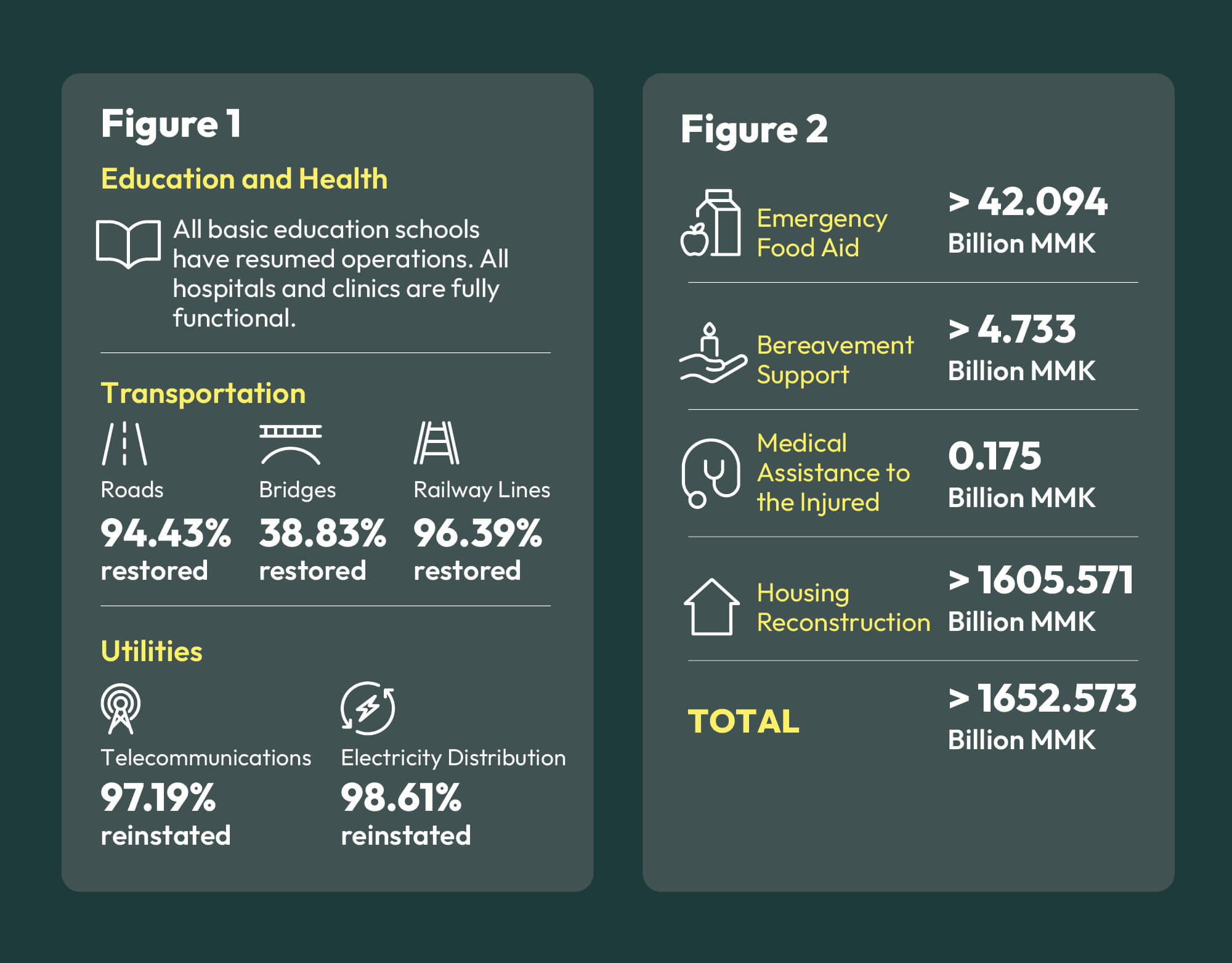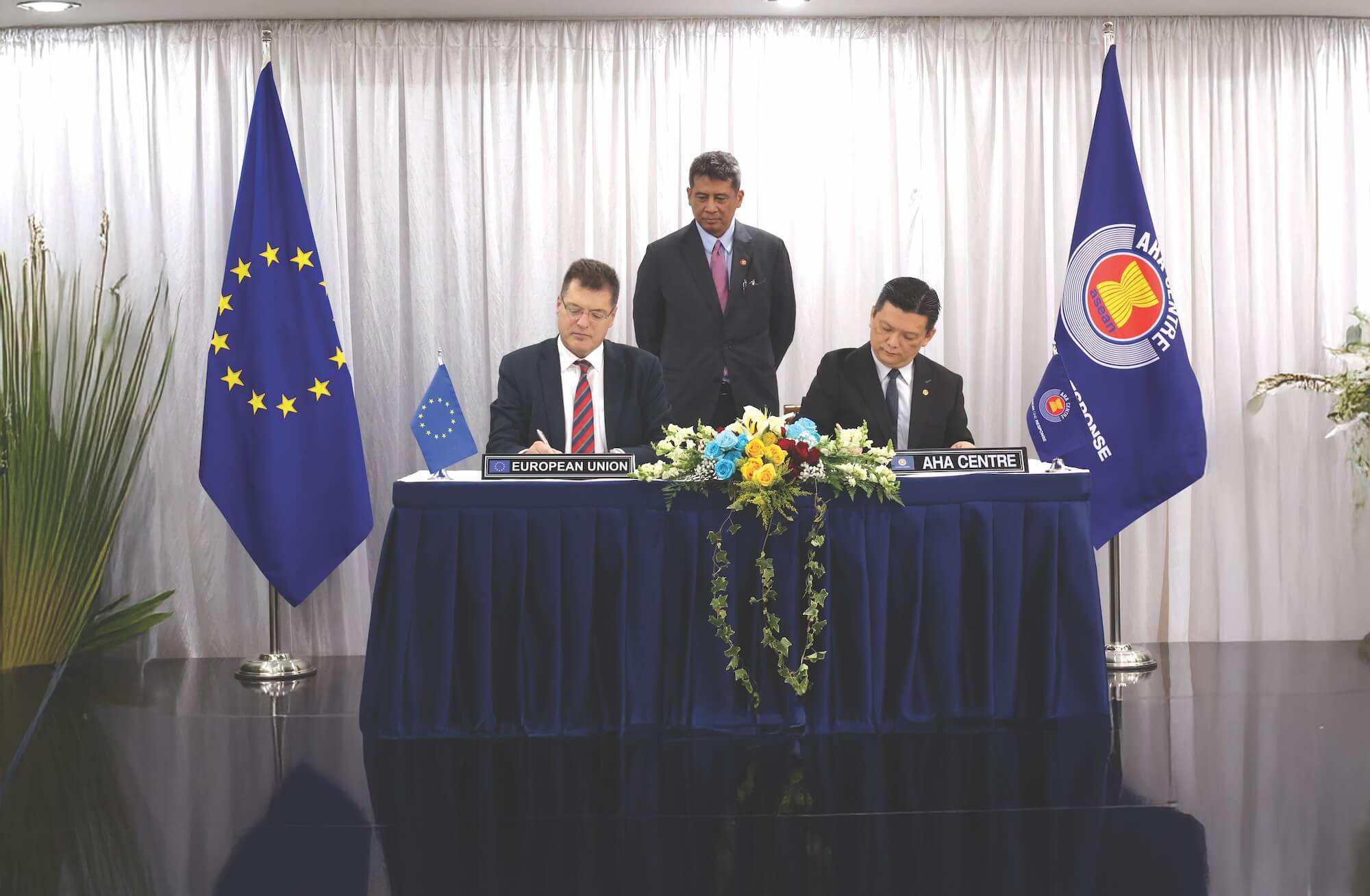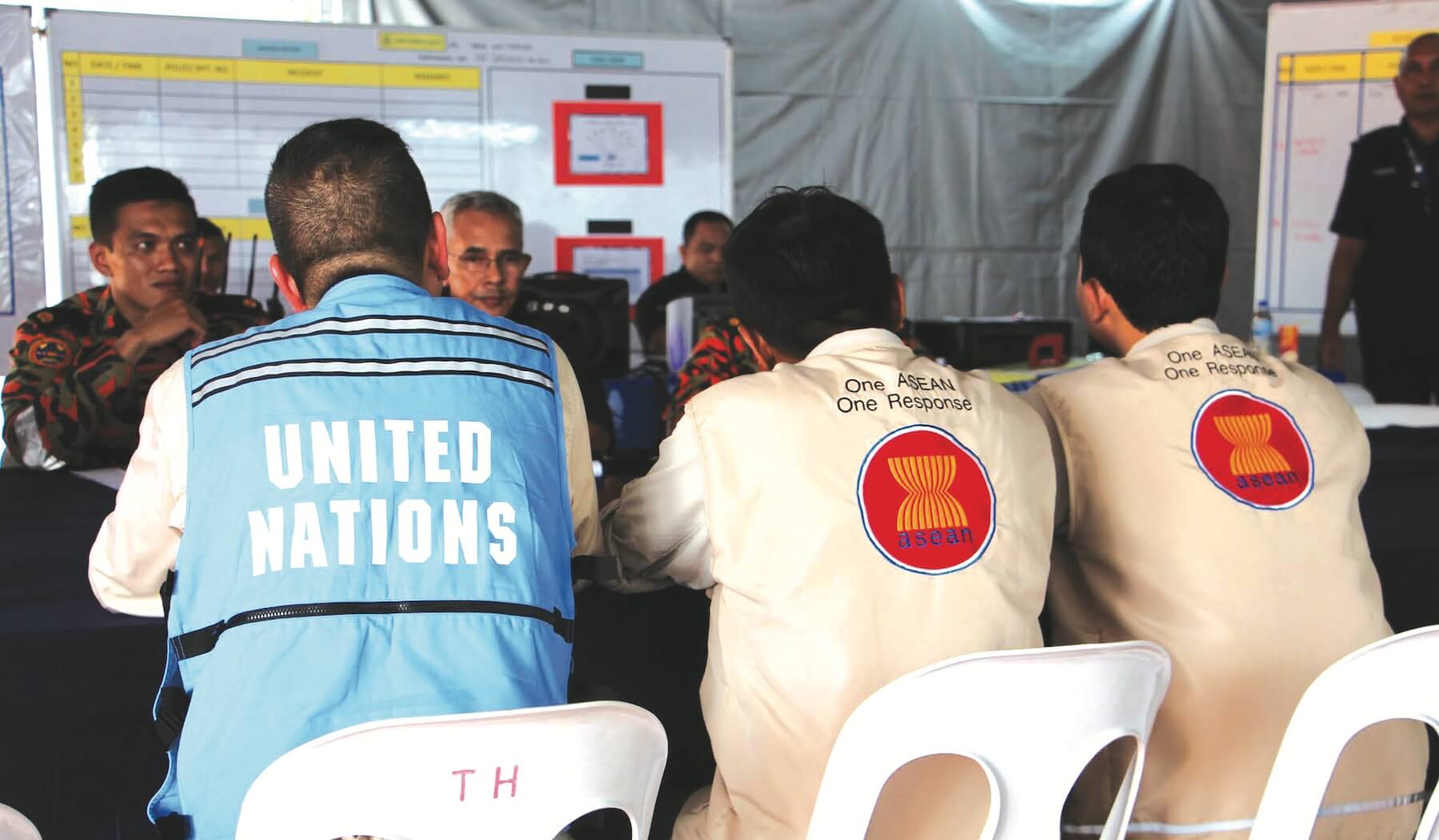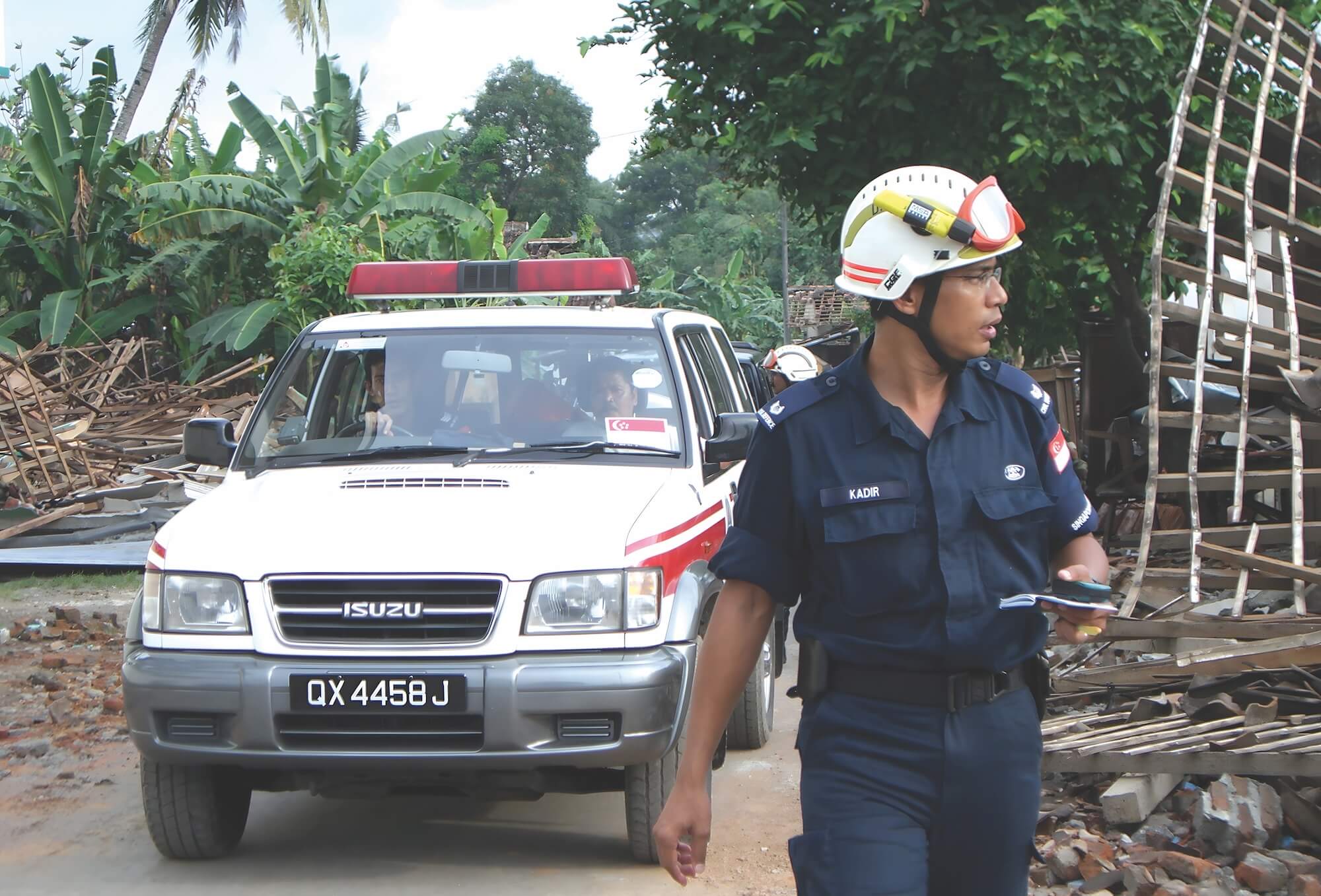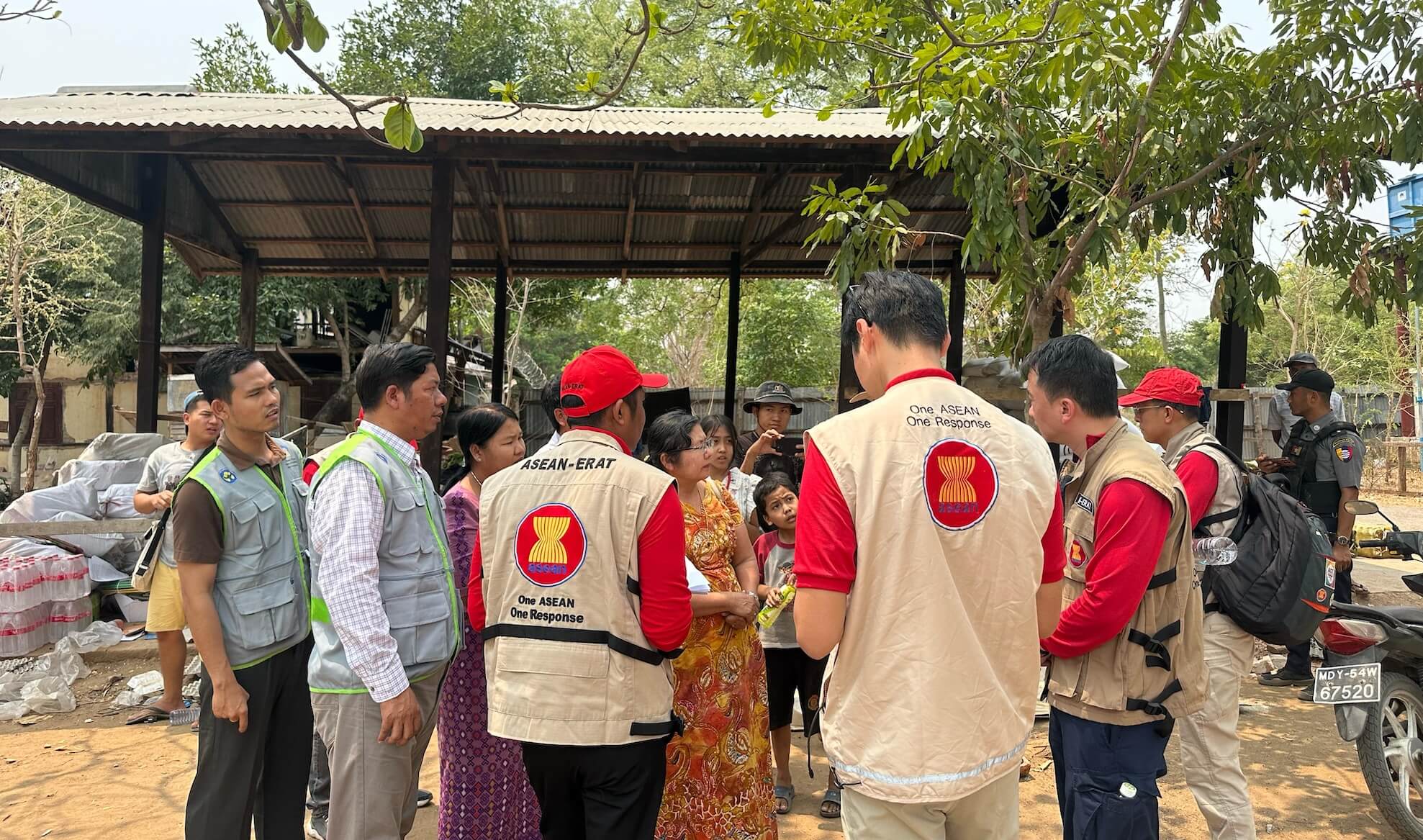
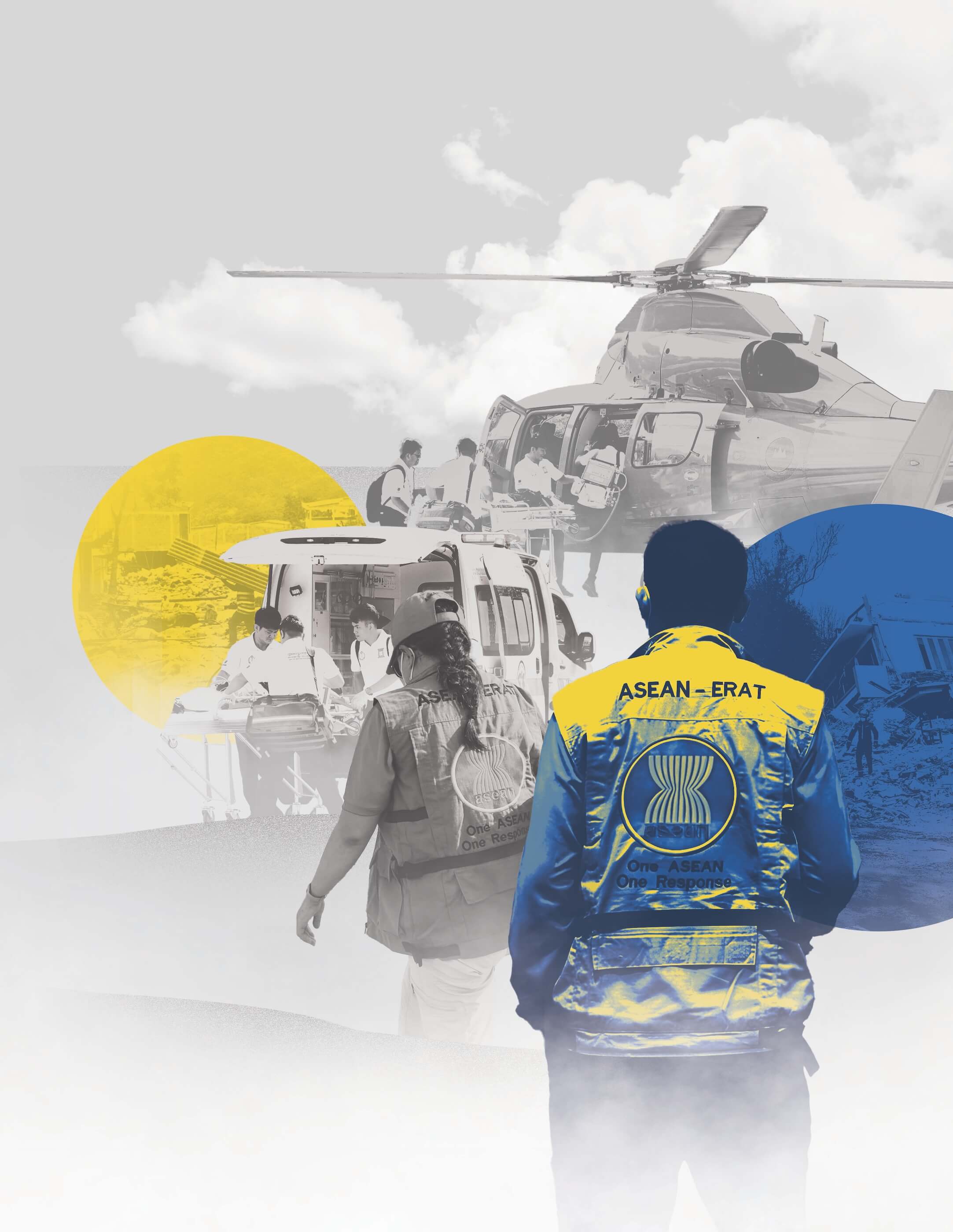


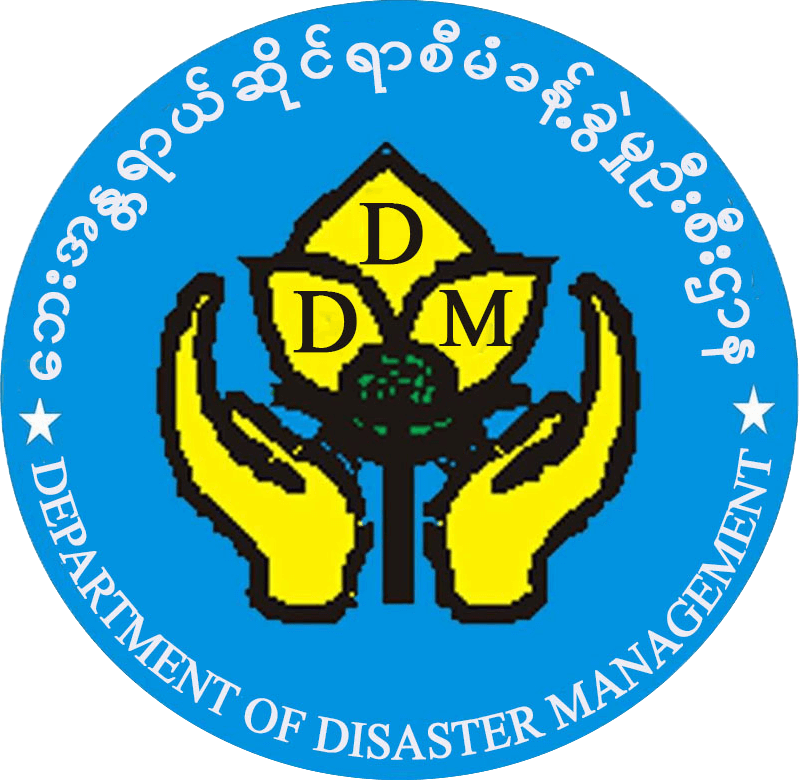
The ASEAN Agreement on Disaster Management and Emergency Response (AADMER) was signed in 2005 and entered into force in 2009. Conceived to systematically and collectively reduce the adverse impacts of disasters in the region, AADMER provides a framework for risk identification, prevention, preparedness, emergency response, and recovery. The establishment of the AHA Centre in 2011 was influenced significantly by ASEAN’s coordinated response to Cyclone Nargis in 2008, which caused more than 130,000 fatalities in Myanmar and prompted unprecedented regional and international collaboration. This article illustrates the evolution of disaster governance in ASEAN, shaped by shared experiences, and emphasises the role of AADMER as a foundation for regional resilience and humanitarian cooperation.
Throughout its 20-year journey, the AADMER has been implemented through successive 5-year Work Programme. Covering key pillars—Risk Identification and Monitoring, Disaster Prevention and Mitigation, Disaster Preparedness, Emergency Response, and Rehabilitation, AADMER reflects a strong spirit of regional cooperation.
Myanmar’s engagement in the AADMER’s implementation includes:
- Leadership and collaboration: Myanmar actively assumes leadership responsibilities within assigned pillars of the AADMER Work Programme while proactively collaborating in pillars led by other ASEAN members. The 2016 publication of the ASEAN Recovery Reference Guide stands as a notable collaborative achievement of the Recovery Working Group co-chaired by Myanmar, designed to assist ASEAN Member States in enhancing recovery preparedness and implementing timely, efficient, and effective recovery programmes.
- Financial support: Myanmar contributes through voluntary financial commitments to both the AADMER Fund and the AHA Centre Fund, which are fundamental to the success of regional responses to disasters.
- Operational cooperation: Myanmar engages robustly in joint disaster response efforts within the ASEAN framework.
Lessons from Cyclone Nargis and institutional evolution
Cyclone Nargis was a watershed moment for Myanmar and ASEAN. At the time, Myanmar lacked comprehensive legislation for disaster management, and AADMER had not yet come into force. The emergency response was coordinated through a tripartite mechanism involving Myanmar, ASEAN, and the United Nations, paving the way for more structured regional disaster governance. The success of this cooperation not only accelerated the operationalisation of AADMER but also contributed to the establishment of the AHA Centre, strengthening regional capacity for coordinated humanitarian assistance.
The shared experiences from Nargis and other regional disasters led to the creation of the Disaster Emergency Logistics System for ASEAN (DELSA) in 2012. DELSA ensures the timely provision of humanitarian supplies during regional disasters. Initially based solely in Malaysia, DELSA now operates from three strategically located warehouses.
Post-Nargis experiences directly informed Myanmar’s enactment of the Natural Disaster Management Law (2013), reflecting AADMER principles. This law enabled more systematic domestic disaster management and enhanced effectiveness in implementing AADMER initiatives with ASEAN partners. Further refining international cooperation, the Natural Disaster Management Rules (2015), specifically Rule 42, designates a Competent Authority for International Communication. This Authority coordinates international assistance efforts—including search and rescue teams, emergency medical teams, and humanitarian aid—through a “One Corridor Channel,” ensuring swift and efficient processes, particularly under AADMER Part V (Emergency Response).
Recent disaster responses and regional solidarity
Cyclone Mocha (2023). In the aftermath of Cyclone Mocha, Myanmar worked closely with the AHA Centre’s in-country liaison teams and ASEAN Emergency Response and Assessment Teams (ASEAN-ERAT). Activities included situation reporting, needs assessments, and the facilitation of DELSA relief distribution, demonstrating the operational maturity of ASEAN’s support mechanisms.
Mandalay Earthquake (28 March 2025). This case study could be discussed in two significant parts: national response and recovery initiatives, and regional collaborative efforts.
i. National response and recovery initiatives
Field assessments quantified extensive damage across critical public and private sector infrastructure, and the estimated losses surpassed 7,979 billion Myanmar kyat (approximately 3.8 billion US dollars). The State responded decisively through the National Natural Disaster Management Fund. By 11 August 2025, the NDMC provided over 1652.573 billion Myanmar kyat (approximately 786.93 million US dollars) to different response activities (Figure 1).
An additional 340 billion Myanmar kyat (approximately 161.90 million US dollars) has been utilised for early recovery initiatives. Furthermore, food and essential commodities donated domestically and internationally were distributed promptly to affected areas.
Significant damage to offices, basic education schools, and staff residences necessitated the rapid deployment of temporary solutions. Authorities distributed 442 container offices, 9,048 container shelters, and 20 prefabricated school buildings to relevant ministries and affected regions. Construction included 2,972 completed temporary housing units in Nay Pyi Taw (127 ongoing) and 57 completed temporary classrooms (7 ongoing).
Recovery operations, guided by national leadership, are progressing rapidly across all sectors (Figure 2).
Recovery efforts continue at an accelerated pace across all sectors and implementing agencies to ensure comprehensive rehabilitation.
ii. Regional collaborative efforts
Following the 7.7 magnitude earthquake, Myanmar promptly activated national emergency response measures under AADMER Article 10, mobilising domestic human, financial, and logistical resources. Concurrently, under Article 11, Myanmar requested and welcomed regional and international assistance. The Emergency Operations Centre maintained real-time communication with the AHA Centre, facilitating the deployment of DELSA relief items, ASEAN-ERAT, and in-country liaison teams.
Significantly, this was the first ASEAN-ERAT deployment comprising representatives from all Member States, conducting needs assessments across Nay Pyi Taw, Mandalay, and Sagaing Regions.
In addition to immediate relief, early recovery projects were initiated, including the construction of 20 prefabricated schools facilitated by the AHA Centre and a 250,000-US dollar reconstruction project funded by the Government and people of the Philippines.
Reflections and strategic value of AADMER
The case studies underscore the “spirit of ASEAN” in translating regional commitments into practical, coordinated action. AADMER has proven to be more than a policy instrument; it is a platform for collective resilience-building and a catalyst for global leadership in disaster risk governance. Through shared leadership, mutual assistance, and the institutional mechanisms it has fostered, AADMER has positioned ASEAN to respond decisively to disasters while strengthening long-term resilience.
As AADMER celebrates its 20th anniversary, Myanmar’s experience demonstrates the value of regional solidarity in disaster management. From the formative lessons of Cyclone Nargis to the coordinated responses to Cyclone Mocha and the 2025 Mandalay earthquake, ASEAN’s disaster governance architecture—anchored in AADMER—has evolved into an effective and reliable mechanism.
Looking ahead, sustaining this momentum requires continued investment in joint preparedness, capacity building, and early recovery strategies, ensuring ASEAN remains a region of resilience in the face of future hazards.
